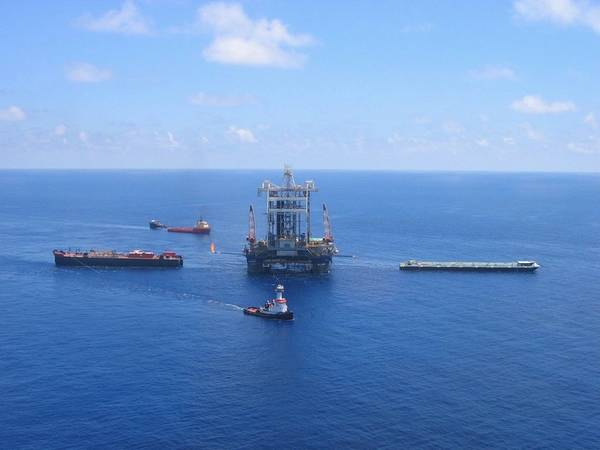Study: US Offshore Holds Huge Untapped Potential
Posted by Eric Haun
November 19, 2014

Credit: Chevron - Statoil ASA
New studies show huge economic and energy potential of untapped offshore areas
Two new studies released today by the National Ocean Industries Association (NOIA) and the American Petroleum Institute (API) show significant potential added energy and economic benefits to the United States if the Eastern Gulf of Mexico and the Pacific outer continental shelf (OCS) were opened to offshore oil and natural gas development. Both studies were conducted by Quest Offshore Inc., which also conducted a study of the Atlantic OCS, which NOIA and API released last year.
“The U.S. oil and gas industry is already a major source of jobs, economic activity, revenue to state and federal governments, and affordable and reliable American energy for American consumers. We can do much more of the same with more access to the OCS,” said NOIA president Randall Luthi.
All three areas – the Eastern Gulf of Mexico, the Pacific OCS and the Atlantic OCS – are currently almost entirely off-limits to offshore oil and gas development but could be included in the federal government’s next five-year leasing program. If the federal government begins holding lease sales in these regions in 2018, the three studies show that by 2035:
- Pacific OCS development could create more than 330,000 jobs, spur nearly $140 billion in private sector spending, generate $81 billion in revenue to the government, contribute over $28 billion per year to the U.S. economy, and add more than 1.2 million barrels of oil equivalent per day in domestic energy production.
- Eastern Gulf of Mexico development could create nearly 230,000 jobs, spur $114.5 billion in private sector spending, generate $69.7 billion in revenue for the government, contribute over $18 billion per year to the U.S. economy, and add nearly 1 million barrels of oil equivalent per day to domestic energy production.
- Atlantic OCS development could create nearly 280,000 jobs, spur $195 billion in private sector spending, generate $51 billion in revenue for the government, contribute up to $24 billion per year to the U.S. economy, and add 1.3 million barrels of oil equivalent per day to domestic energy production.
- Development in all three study areas – the Eastern Gulf of Mexico, the Pacific OCS, and the Atlantic OCS – could, by 2035, create more than 838,000 jobs annually, spur nearly $449 billion in new private sector spending, generate more than $200 billion in new revenue for the government, contribute more than $70 billion per year to the U.S. economy, and add more than 3.5 million barrels of oil equivalent per day to domestic energy production.
“None of the benefits shown in the studies can be realized without actual sales. The key to tapping this amazing economic and energy potential is including lease sales in these areas in the 2017-2022 OCS Oil and Gas Leasing Program,” Luthi said.




